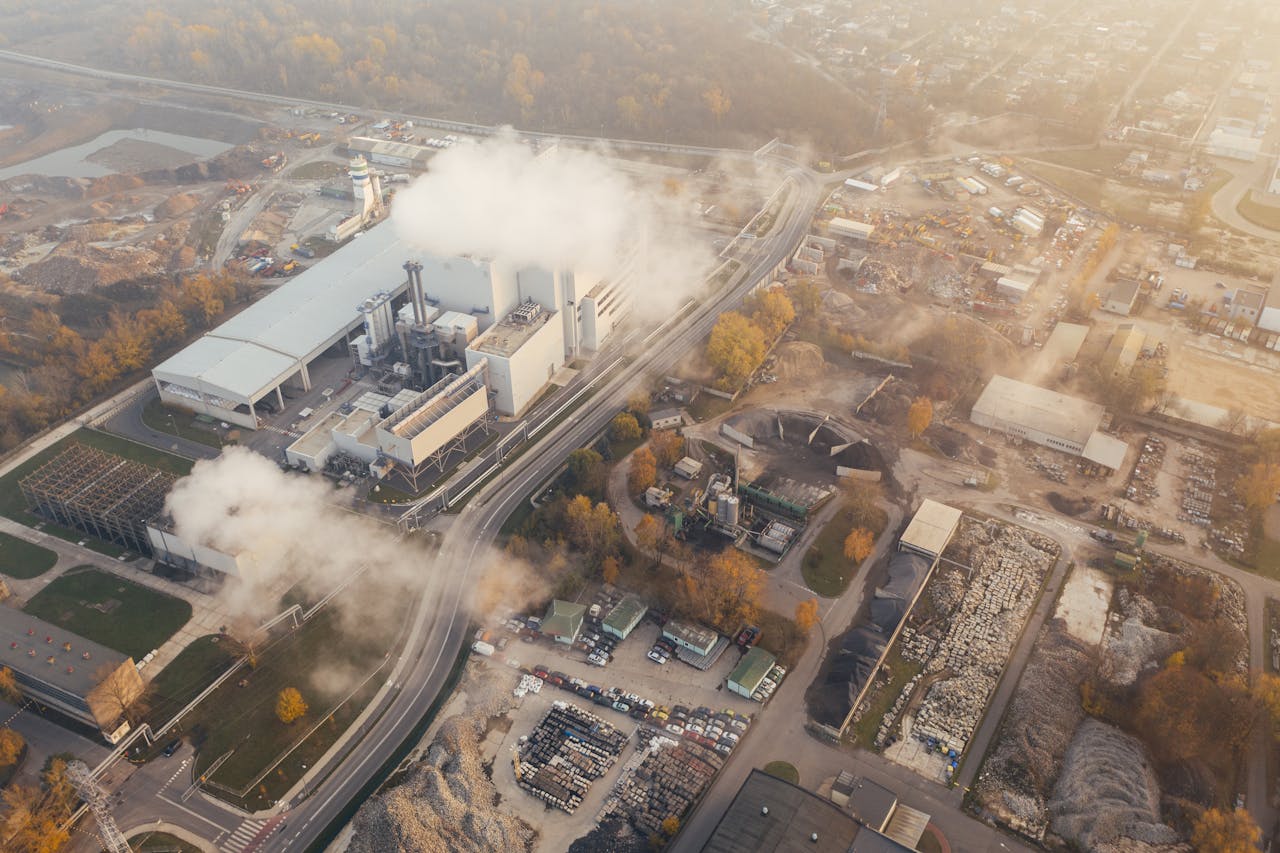For decades, the duct expansion joint has been a silent workhorse in HVAC and industrial ventilation systems—accommodating thermal expansion, reducing vibration, and maintaining duct integrity.
But what if these traditionally passive components could provide real-time performance insights? With advancements in the Industrial Internet of Things (IIoT) and smart building management systems (BMS), duct expansion joints are becoming intelligent, connected elements that enhance system efficiency, longevity, and reliability.
The Role of Sensors in Duct Expansion Joint Monitoring
Smart monitoring starts with the right sensor technology. By embedding sensors into duct expansion joint assemblies, facility managers gain access to continuous performance data, transforming maintenance strategies from reactive to predictive. Key sensor technologies include:
- Movement and Position Tracking: Measures axial, lateral, and angular displacement in response to thermal and mechanical loads.
- Temperature and Thermal Gradient Monitoring: Detects excessive heat buildup or temperature differentials that can indicate stress or material fatigue.
- Vibration and Acoustic Sensors: Identify structural instability, excessive vibration, or developing failures before they cause system-wide disruptions.
- Environmental Condition Sensors: Monitor humidity, pressure fluctuations, and corrosive gas exposure that may degrade joint materials.
- Wireless vs. Wired Implementation: Wireless sensors offer flexible deployment but require robust cybersecurity and power solutions.
By integrating these technologies, Zepco’s duct expansion joint solutions enable data-driven maintenance and enhanced HVAC reliability.
Turning Data into Action: Integration with BMS
The real power of smart duct expansion joint monitoring lies in seamless integration with BMS platforms. Data flows through sensor networks to gateways that process and transmit critical insights. These integrations typically include:
- Gateway and Communication Protocols: Bluetooth, LoRaWAN, or Zigbee facilitate real-time data transfer.
- Cloud vs. Edge Processing: Edge computing enables on-site analytics for immediate alerts, while cloud platforms provide deeper historical trend analysis.
- Anomaly Detection & Predictive Analytics: AI-driven models detect deviations from baseline performance and anticipate failures before they occur.
- Automated Maintenance Scheduling: Reduces downtime by prioritizing interventions based on real-world performance data.
- System-Wide Performance Correlation: Smart duct expansion joint monitoring identifies inefficiencies across interconnected HVAC components.
For facility managers, this level of integration means fewer emergency repairs, improved system efficiency, and extended component lifespan.
Overcoming Implementation Challenges
While the benefits of smart duct expansion joint technology are clear, practical implementation presents challenges. Retrofitting existing systems requires strategic planning, including:
- Power Supply Solutions: Battery-powered sensors must balance longevity with performance, while wired solutions require thoughtful routing.
- Harsh Environment Protection: Sensor enclosures must withstand extreme temperatures, moisture, and airborne contaminants.
- Legacy System Compatibility: Many existing BMS platforms require middleware solutions to integrate with modern sensor data.
- IT/OT Convergence: Bridging the gap between operational technology (HVAC systems) and information technology (data analytics) is crucial for seamless implementation.
Zepco is pioneering solutions that address these challenges, ensuring reliable, future-ready duct expansion joint monitoring.
Cost-Benefit Analysis: Is the Investment Worth It?
Upgrading to smart duct expansion joint monitoring requires an initial investment, but the long-term ROI is compelling:
- Reduction in Maintenance Costs: Predictive maintenance minimizes unnecessary service calls and emergency repairs.
- Avoidance of Costly Downtime: Early failure detection prevents catastrophic failures that disrupt operations.
- Energy Efficiency Gains: Optimized system performance leads to lower energy consumption.
- Extended Component Lifespan: Data-driven insights help preserve the integrity of duct expansion joint materials, reducing premature replacements.
For critical infrastructure like data centers, hospitals, and high-security facilities, the cost of failure far outweighs the price of implementation.
The Future of Intelligent Duct Systems
The evolution of duct expansion joint technology is just beginning. As IIoT adoption grows, these components will integrate more deeply with AI-driven building automation. Future developments include:
- Self-Diagnosing Expansion Joints: AI-enhanced sensors that adjust in real-time to dynamic loads.
- Standardization of Smart Duct Monitoring: Industry-wide protocols for seamless integration with BMS.
- Expansion of Predictive Maintenance Models: Machine learning algorithms that refine failure predictions with increasing accuracy.
Zepco is at the forefront of this transformation, ensuring that businesses have the smartest, most reliable duct expansion joint solutions available. The future is managing infrastructure and optimizing it in real time for maximum efficiency and longevity.


